Road Testing the 2019 LEAF
A Best Buy for a BEV with a Big Asterisk
It’s been a long road for the Nissan Leaf. Introduced in 2011, the Leaf was the first mass-market all-electric vehicle and, despite other EV upstarts making gains, the best-selling electric car in history with more than 450,000 sold worldwide. (ed: including being the most registered EV in New Zealand.) It’s won about every award for green automobiles, including the World Green Car award twice.*
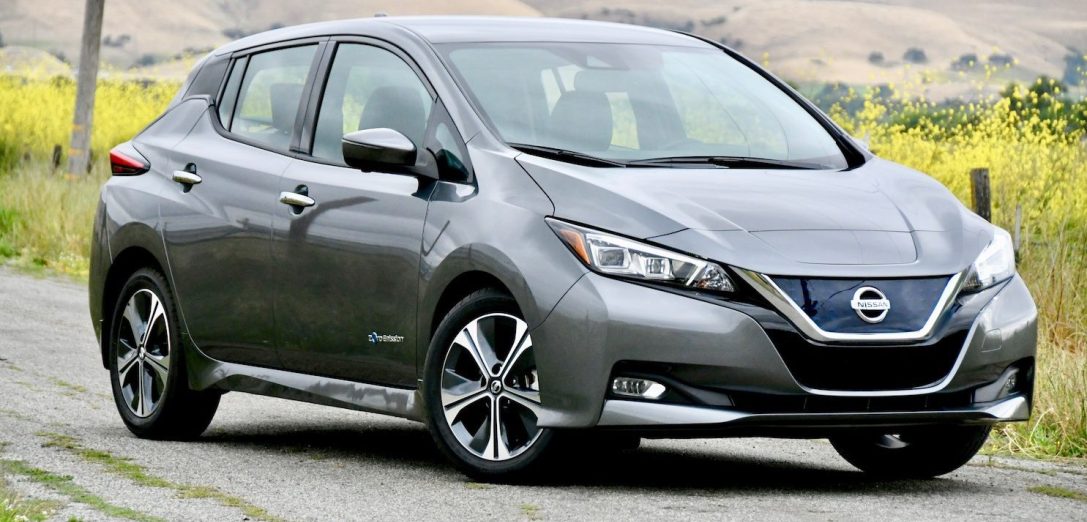
* All-new 2018 Nissan LEAF named "2018 World Green Car" by the World Car Awards.
[Full report from Gary Lieber - Clean Technica - 15 Jun 2019]
In 2018, Nissan delivered a fully updated and improved Leaf that included a new 40 kilowatt-hour (kWh) battery architecture with more power, more exceptional durability, and range. We tested a 2018 LEAF to see how it did on a 526-mile (ed: 847 km) round trip drive, and while the results were mixed, overall we felt it was an enjoyable and quality vehicle .

The 40 kWh LEAF is back |
A Great Car Carries On
We wanted to see how the 2019 version of the 40kWh Leaf stacked up to the 2018 Leaf, so we asked Nissan to provide us with the newest version to check it out. They obliged and delivered a Leaf SL complete with ProPilot Assist to our door.
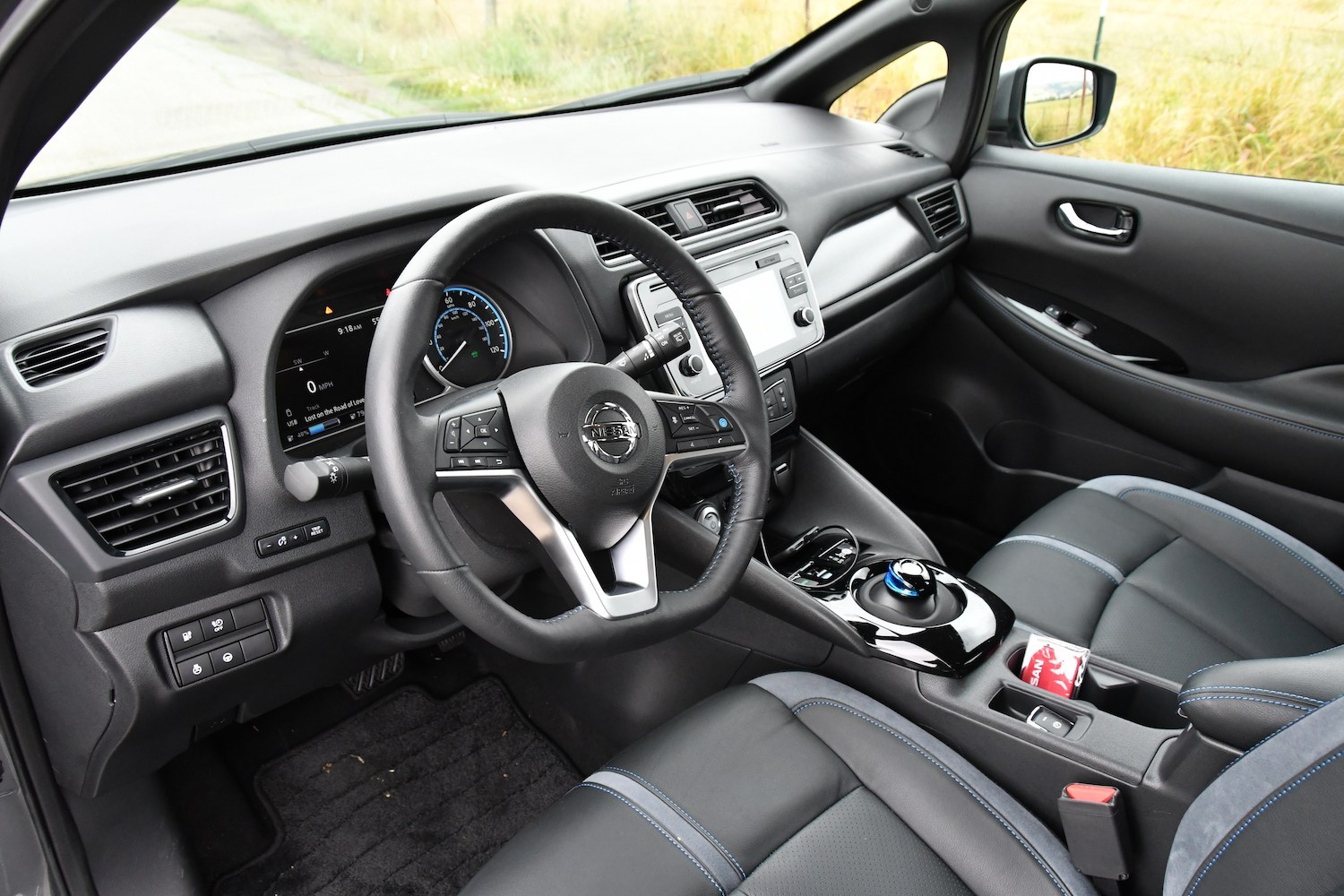
Inside the 2019 Leaf carries on with little change
The 2019 Leaf is also one of the quietest BEVs on the market today with interior cabin noise of only 62 dB at 65 mph. That is Rolls Royce quiet, better than other BEVs costing twice as much. Improved door sealing, Michelin LRR tires (ed: not necessarily std in NZ), excellent aerodynamics and extra cabin insulation keep road and wind noise at a minimum.
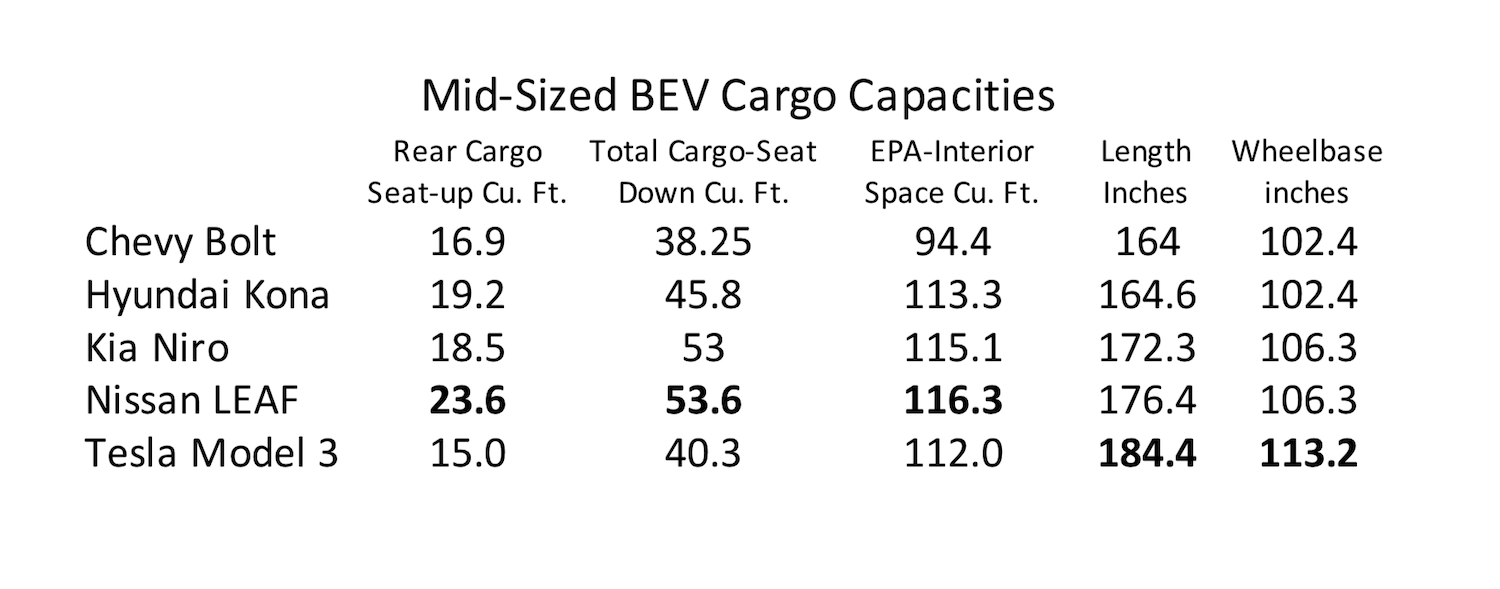
In 2018 Nissan introduced two new driving aids for the Leaf—e-pedal, and ProPilot Assist. The e-Pedal allows for one pedal driving by integrating motor regeneration, friction brakes and front safety systems to manage braking and acceleration. It’s been described as like driving a golf cart and doesn’t take any time at all to master.
ProPilot Assist is Nissan’s Level 2 autonomous driving suite, much like Autopilot for the Tesla. It includes adaptive cruise control, lane keeping assist, blind-spot-assist and forward collision emergency braking, to name a few. For 2019, ProPilot has been improved with better lane keeping assist, and the adaptive cruise control can better cope with heavy traffic situations. For example, in the 2018 version, ProPilot Assist could get confused if a motorcyclist who was lane splitting would drive by too fast or too close. This would cause the Leaf to start to accelerate to match the speed of the motorcycle only to jam on the brakes once the bike had passed to avoid hitting the car in front. For 2019, that behaviour has been fixed. How the adaptive cruise control accelerates and slows down in traffic is more refined, and arguably in the top five L2 systems available today.
Under the Hood and Under the Floor
In 2018, the Leaf received a new, more powerful 110-kilowatt AC synchronous electric motor with 147 horsepower, up 37 percent over the previous model, and more torque, up 26 percent at 236 pounds-feet. This gives the 40kWh Leaf a 0-60 time of around 7.4 seconds compared to the 9.0-10 seconds of previous versions. This motor remains unchanged for 2019 and is a very smooth and compliant powertrain. The transmission also remains as a single-speed reducer gear driving the front wheels. This entire powertrain system remains unchanged for 2019.

In 2018, the big news for the Leaf was a new battery pack with a capacity of 40 kWh (the real value was around 39.5 kWh, and only 37 or less was available). The battery was also much more powerful than previous versions with output power now at 110kW vs. 80kW in the earlier cars.
That extra power carried over to 2019 unchanged, with the new battery chemistry, structure, and module layout. Earlier versions of the Leaf’s battery used a lithium manganese oxide cathode material in a spinel structure. The new 40 kWh battery uses a lithium nickel cobalt manganese oxide cathode in a layered structure. The battery still has 192 cells, but the module layout of the 40kWh battery is new with 24 modules of eight cells each vs. 48 modules of four cells each in the older 24 and 30 kWh batteries.
An issue raised by some 2018 Leaf owners is that the pack seems to run hotter than previous versions of the Leaf battery, and there was a concern that the new battery may be more prone to degradation than the earlier versions of the 24 and 30 kWh batteries. This seemed counter-intuitive, that the leading manufacturer of BEVs would make a less reliable version of their battery, so we reached out to Nissan for clarification. We spoke with Owen Thunes, who is Nissan’s senior manager for powertrain management and who has been involved with the Leaf’s battery and motor development since its earliest days.
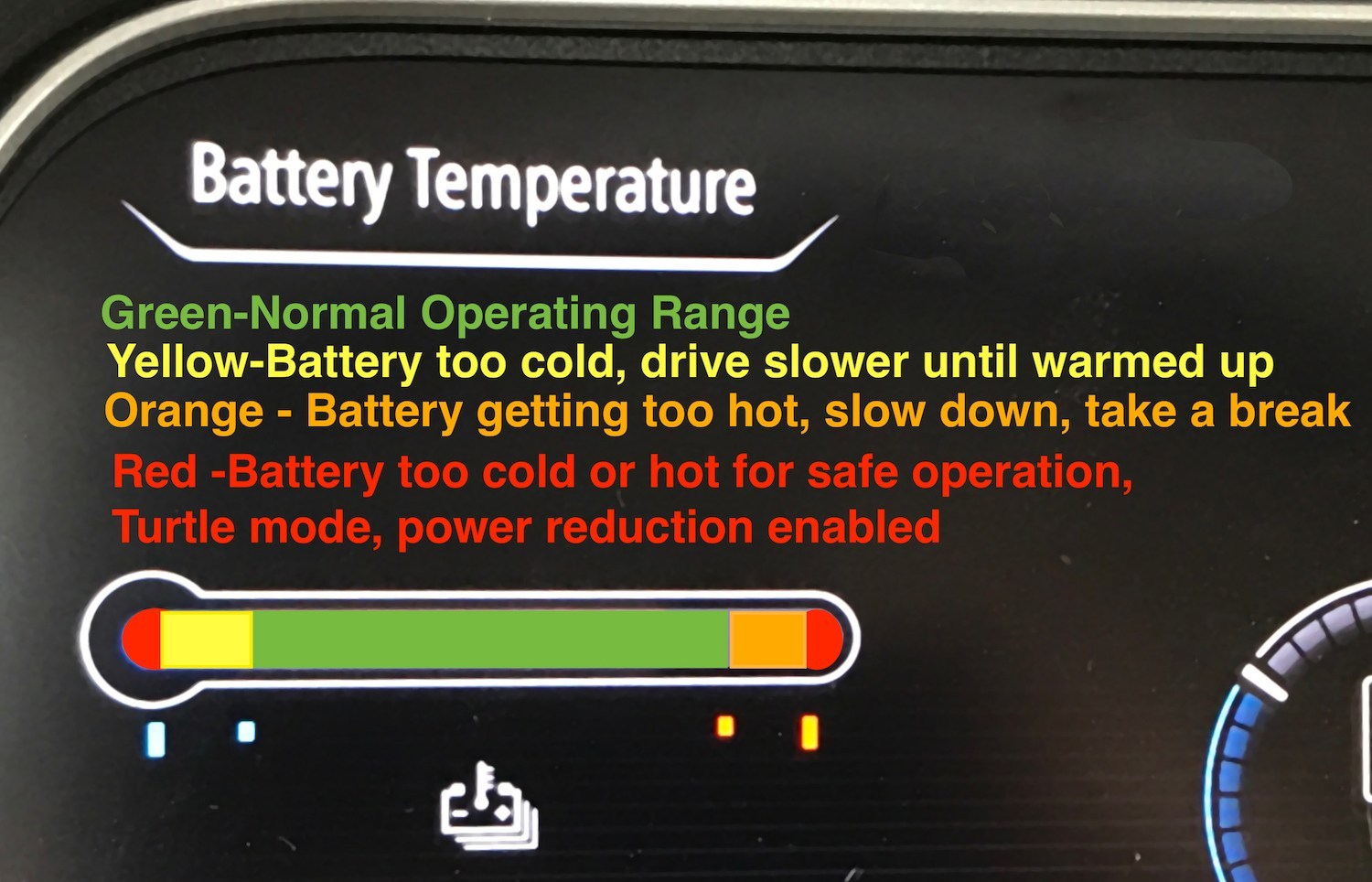
When asked about why the new battery seemed to run hotter than previous versions and Thunes said “One thing that you should be aware of is that the power throughput into the 40kWh car is much higher than in previous vehicles. You’re actually putting in more energy in a shorter amount of time than you do in the 30kWh or 24kWh battery that preceded it. Consequently, it’s a much larger energy transfer in the same or less time, so the input load to a thermal mass is higher. If you treat the battery as a thermal mass, there’s going to be a higher load input. So consequently, it may register as more of a temperature gain to the battery itself. But the battery itself is designed to manage it. From a chemistry point of view, it’s built for that.”
Thunes went on to say “The bottom line is that the chemistry and the construction of the 40kWh battery are designed so that it can handle this extra power and the extra heat that was generated by it without any concern for damage to the battery because it’s too hot. The car will actively manage itself to make sure that it’s safe, and it will limit as needed to protect the batteries both from short-term and longer-term concern. There’s also another difference between the 40kWh battery and the older batteries that preceded it, which is that the number of cells per module is changed to eight in the 40kWh battery. The 24 and 30kWh batteries have four cells per module with 48 modules total, but the 40kWh has eight cells in each module, with only 24 modules.”
"The bottom line is that the chemistry and the construction of the 40kWh battery are designed so that it can handle this extra power and the extra heat that was generated by it without any concern for damage to the battery because it’s too hot. ..."
The temperature gauge of the Leaf is like most other mid-range cars—a simple presentation with a region in the middle that is its normal range. When asked to specify the actual numerical temperature range it represented, Nissan deferred to answer, but in the owner’s manual, there is a hint that this range is between 30 degrees and 120 degrees Fahrenheit. (ed: -1 degrees – 48 degrees Celsius)
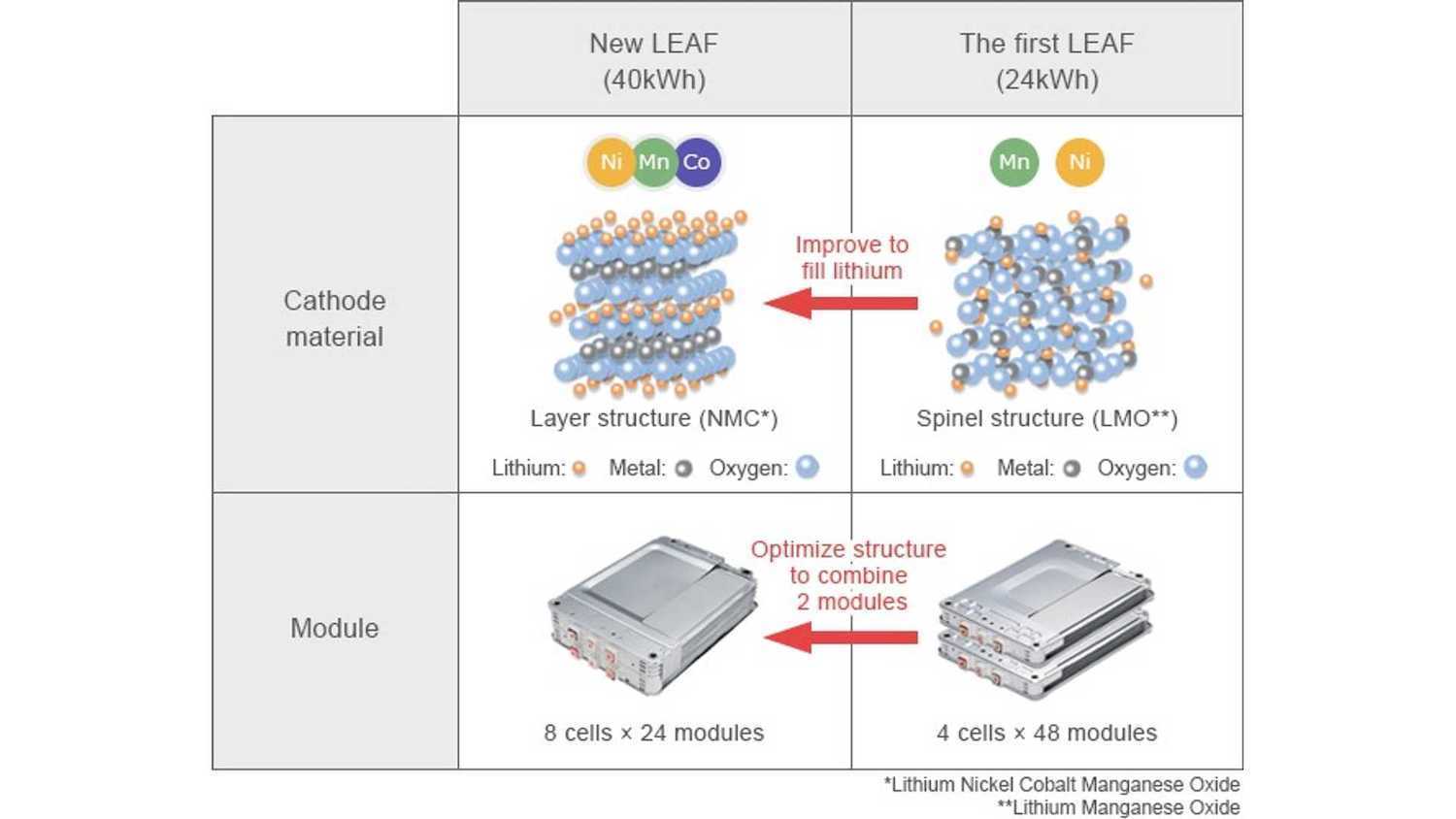
Out of sight, some major changes upgrade the battery pack
The Asterisk: *Is the 40-kWh Leaf right for you?
This is more of a philosophical question than an empirical one. The general Leaf community seems to have embraced the Leaf wholeheartedly, but are divided.
Those who say Yes cite these positives:
- -Price
- -Reliability
- -Decent range
- -Comfort
- -Safety
- -Charge primarily at home with occasional public charging
- -Great for occasional overnight road trips of under 200 miles in each direction
Those who say No tend to cite these negatives:
- -Unsure about battery cooling
- -Takes too long to charge
- -Suspicious about battery reliability
- -Not enough places to charge
- -Not enough range
How the car is used plays a major role in the equation. If the Leaf is used for commuting or just general use, and the average driving is less than 150 miles (ed: 240 km) per day, the responses tend to be positive.
If the Leaf is used as part of a person’s job or profession, such as outside sales, service, support or delivery, and the Leaf is driven on an unpredictable schedule or route with daily driving of 150 miles or more at speeds that are with traffic, but above the speed limit, the response is less favourable.
If the vehicle is used as a ride-share vehicle, a service that is paid on a piece-rate basis, or a job where being idle while charging is money lost and daily driving demands easily exceed 150 miles, the answer is very unfavourable. Another common characteristic for those with an unfavourable response is the reliance almost exclusively on public charging.
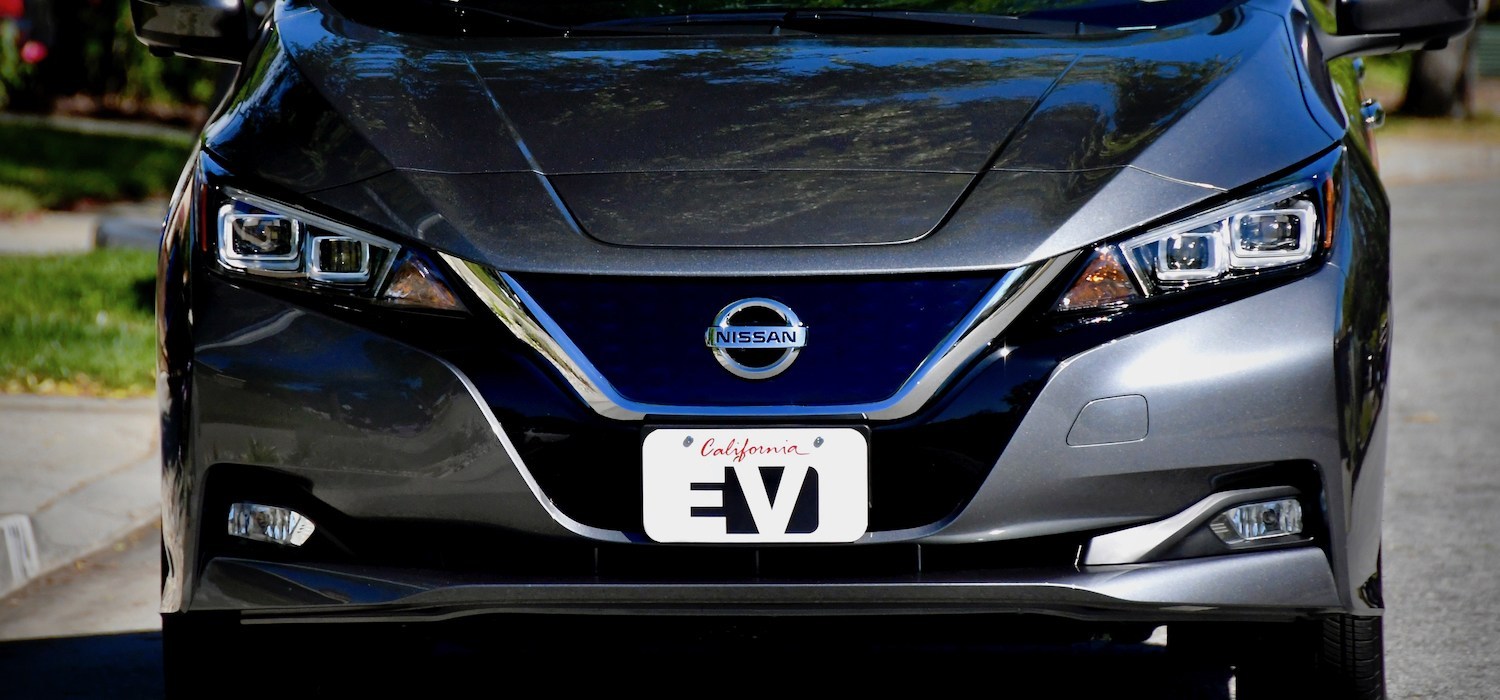
The 40 kWh LEAF has a place, but it’s not for everyone, nor every job
We agree with drivers whose job is on the road all day and driving long, unpredictable distances dusk to dawn. The 40 kWh Leaf is not the best choice, and they would be better served in a long-range BEV like a Tesla Model 3 or a PHEV (plug-in hybrid electric vehicle) like a Toyota Prius Prime. If you fit this second category, then this Leaf is not for you. Driving this Leaf will set up a hot mess that will leave you frustrated and angry.
But if you fit into the first category, which is what most people do who are looking for a value-priced BEV, then the Leaf 40kWh is an excellent choice. The author of this review is one of those in the first category, who has been driving a 2018 Leaf SL for more than a year with zero issues, zero warranty claims and zero costs for charging.
For 2019, the 40 kWh Leaf pricing in the US is: (ed: NZ-new is likely to be approx NZ$60k)
- $29,990 for the S
- $32,600 for the SV
- $36,600 for the SL
[Gary Lieber - Clean Technica - 15 Jun 2019]
Disclosure:
Clean Fleet Report is loaned free test vehicles from automakers to evaluate, typically for a week at a time. Our road tests are based on this one-week drive of a new vehicle. Because of this we don’t address issues such as long-term reliability or total cost of ownership. In addition, we are often invited to manufacturer events highlighting new vehicles or technology. As part of these events we may be offered free transportation, lodging or meals. We do our best to present our unvarnished evaluations of vehicles and news irrespective of these inducements.
Our focus is on vehicles that offer the best fuel economy in their class, which leads us to emphasise electric cars, plug-in hybrids, hybrids and diesels. We also feature those efficient gas-powered vehicles that are among the top mpg vehicles in their class. In addition, we aim to offer reviews and news on advanced technology and the alternative fuel vehicle market. We welcome any feedback from vehicle owners and are dedicated to providing a forum for alternative viewpoints.